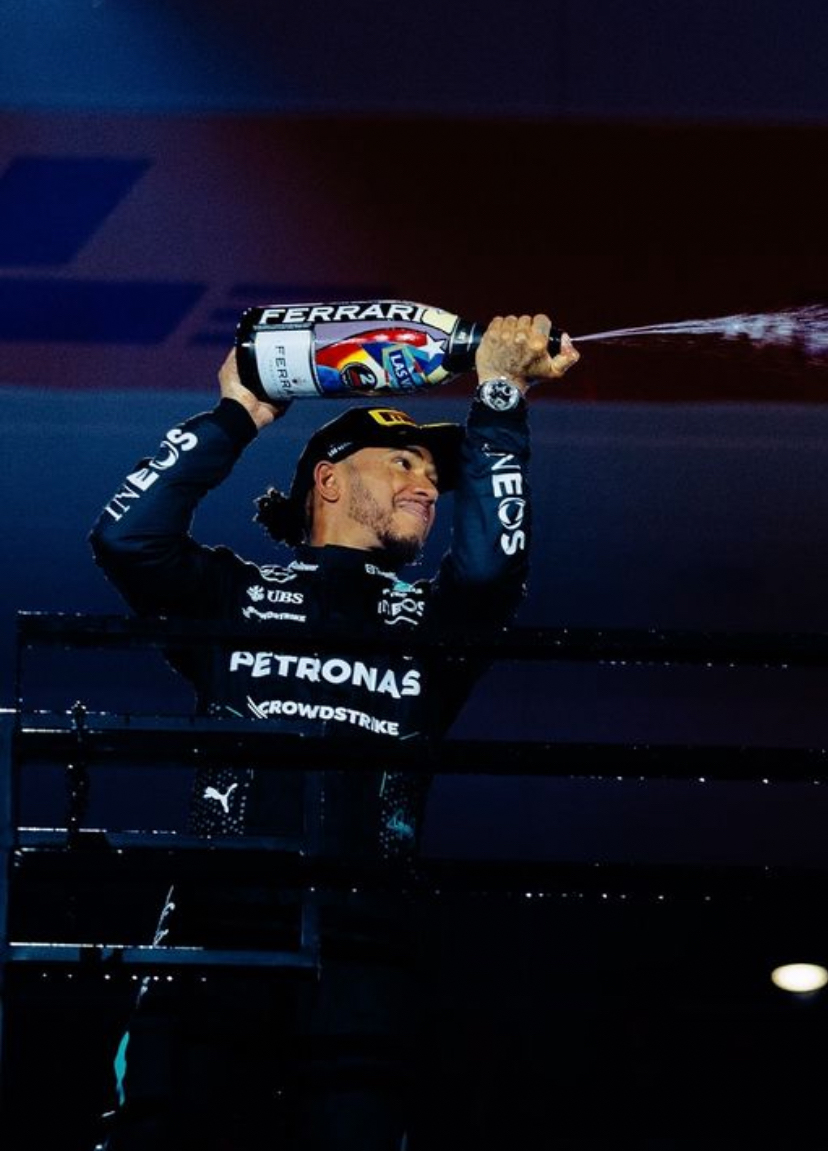A Comprehensive Look at Formula 1 Engines and Fuel: Past, Present, and Future

Formula 1 World Champions: A legacy of racing legends
A Comprehensive Look at Formula 1 Engines and Fuel: Past, Present, and Future
Explore the evolution of Formula 1 engines and fuel, from the early days of naturally aspirated V12s to the hybrid turbo V6 engines. Learn about F1's fuel efficiency and sustainability efforts for the future.
Formula 1, renowned as the pinnacle of motorsport, is not only a display of state-of-the-art aerodynamics and engineering but also a stage for groundbreaking engine technologies. The evolution of Formula 1 engines has been integral to the sport’s development, with the transition from naturally aspirated engines to turbocharged hybrids. This article explores the history of Formula 1 engines, the reasons gasoline has been the fuel of choice, and the future of F1’s engine and fuel technology.
The History of Formula 1 Engines
Since its inception in 1950, Formula 1 has seen significant changes in engine technology, driven by regulation shifts and the pursuit of higher performance. Below, we explore the evolution of engines used in F1 racing throughout the decades.
1950s - Early Years: Naturally Aspirated Engines
The first Formula 1 engines were large, naturally aspirated units, typically inline-4s, inline-6s, or V12s. These early engines, though less powerful by today’s standards, set the foundation for performance racing. Notable in this era was Alfa Romeo’s 1.5-liter supercharged engine, producing 425 horsepower and dominating the early 1950s.
1960s and 1970s - The Golden Age: V8s, V12s, and Flat Engines
The 1960s and 1970s are often considered the golden age of F1 engine development. During this time, manufacturers like Ferrari and Ford refined their V8 and V12 engines. The Ferrari V12s were known for their high revs, while the Cosworth DFV V8 became a legendary power unit, driving several cars to victory in the championship.
1980s - The Turbo Era
The 1980s saw the introduction of turbocharged engines, allowing manufacturers to extract impressive power from smaller engine blocks. At their peak, 1.5-liter turbo engines produced over 1,000 horsepower, with some reaching 1,400 horsepower in qualifying. However, turbocharging was banned by the FIA in 1989 due to safety concerns and escalating speeds.
1990s - Return to Naturally Aspirated Engines
After the ban on turbos, Formula 1 returned to naturally aspirated engines. The 3.5-liter V10 engines, used by manufacturers like Renault and Ferrari, became the standard. These engines were capable of revving up to 18,000 RPM and became famous for their high performance and iconic sound.
2000s - V10s to V8s
The 2000s saw the transition from V10 engines to V8 engines, following the FIA's decision to limit engine displacement to 2.4 liters to improve safety and reduce speed. The V8 era, which lasted until 2013, saw engines producing between 750 and 850 horsepower while maintaining a high-revving capability of up to 18,000 RPM.
2014 to Present - The Hybrid Era
In 2014, Formula 1 entered its hybrid era, introducing 1.6-liter turbocharged V6 engines combined with advanced Energy Recovery Systems (ERS). These hybrid engines produce approximately 1,000 horsepower while significantly improving fuel efficiency and reducing emissions, aligning with the sport’s sustainability goals.
Why Formula 1 Uses Gasoline-Powered Engines
Gasoline has always been the fuel of choice in Formula 1, providing several key advantages that align with the sport’s demands for performance and efficiency.
High Power-to-Weight Ratio
Gasoline engines are ideal for Formula 1 because of their high power-to-weight ratio. In F1, every kilogram matters, and gasoline allows for powerful engines without adding unnecessary weight to the car, which is crucial for rapid acceleration and speed.
High RPM Capability
Formula 1 engines are capable of revving beyond 15,000 RPM, a characteristic that gasoline engines excel at. Gasoline’s combustion properties allow for the high-revving power required in F1, whereas diesel engines, though fuel-efficient, lack the RPM range needed for peak power output in this sport.
Cooling and Fuel Management
Gasoline’s combustion characteristics enable precise engine tuning, allowing for optimal thermal management in F1 engines. This is vital for preventing overheating and ensuring reliable performance during races.
Tradition and Regulation
Formula 1 has a long tradition of using gasoline engines, and the sport's regulations have always been designed with gasoline-powered engines in mind. This heritage continues to influence F1’s use of gasoline despite the evolution of alternative fuels.
The Modern Formula 1 Engine: The Hybrid Power Unit
Today’s Formula 1 engines are complex hybrid power units that combine internal combustion engines with electric energy recovery systems. These systems maximize performance while improving fuel efficiency.
Key Components of the F1 Hybrid Power Unit
- 1.6-Liter Turbocharged V6: The internal combustion engine, producing around 700 horsepower by itself.
- MGU-K (Motor Generator Unit – Kinetic): Recovers energy during braking, providing an additional 160 horsepower for acceleration.
- MGU-H (Motor Generator Unit – Heat): Recovers energy from exhaust gases, helping to reduce turbo lag.
- Energy Store (Battery): Stores energy for later use during the race.
- Turbocharger: Boosts power output by compressing the incoming air, improving overall efficiency.
Formula 1 Fuel: Specialized Gasoline
While F1 cars use gasoline, it is not the same as regular fuel. F1 fuel is specially formulated for performance, with a high octane rating and a blend of hydrocarbons that maximize energy output and engine efficiency.
Fuel Regulations
- Octane Rating: F1 fuel typically has an octane rating of 95-102, providing high energy density for better performance.
- Biofuel Requirement: Starting in 2022, F1 fuel must contain at least 10% ethanol, promoting sustainability in line with global energy trends.
- Strict Composition Rules: F1 fuel must comply with FIA regulations to prevent teams from gaining unfair advantages with exotic fuels.
The Future of Formula 1 Engines and Fuel
As Formula 1 looks to the future, its engine and fuel technologies will continue to evolve. The sport aims to be carbon-neutral by 2030, focusing on synthetic and biofuels to power future engines. F1 is also exploring the potential for more powerful hybrid systems to reduce reliance on fossil fuels and further improve efficiency.
Formula 1 engines have always pushed the boundaries of automotive technology, from the high-revving V12s of the past to today’s turbo-hybrid power units. As the sport moves toward a greener future, the blend of performance and sustainability will continue to define F1's legacy as the pinnacle of automotive engineering.
Up Next


